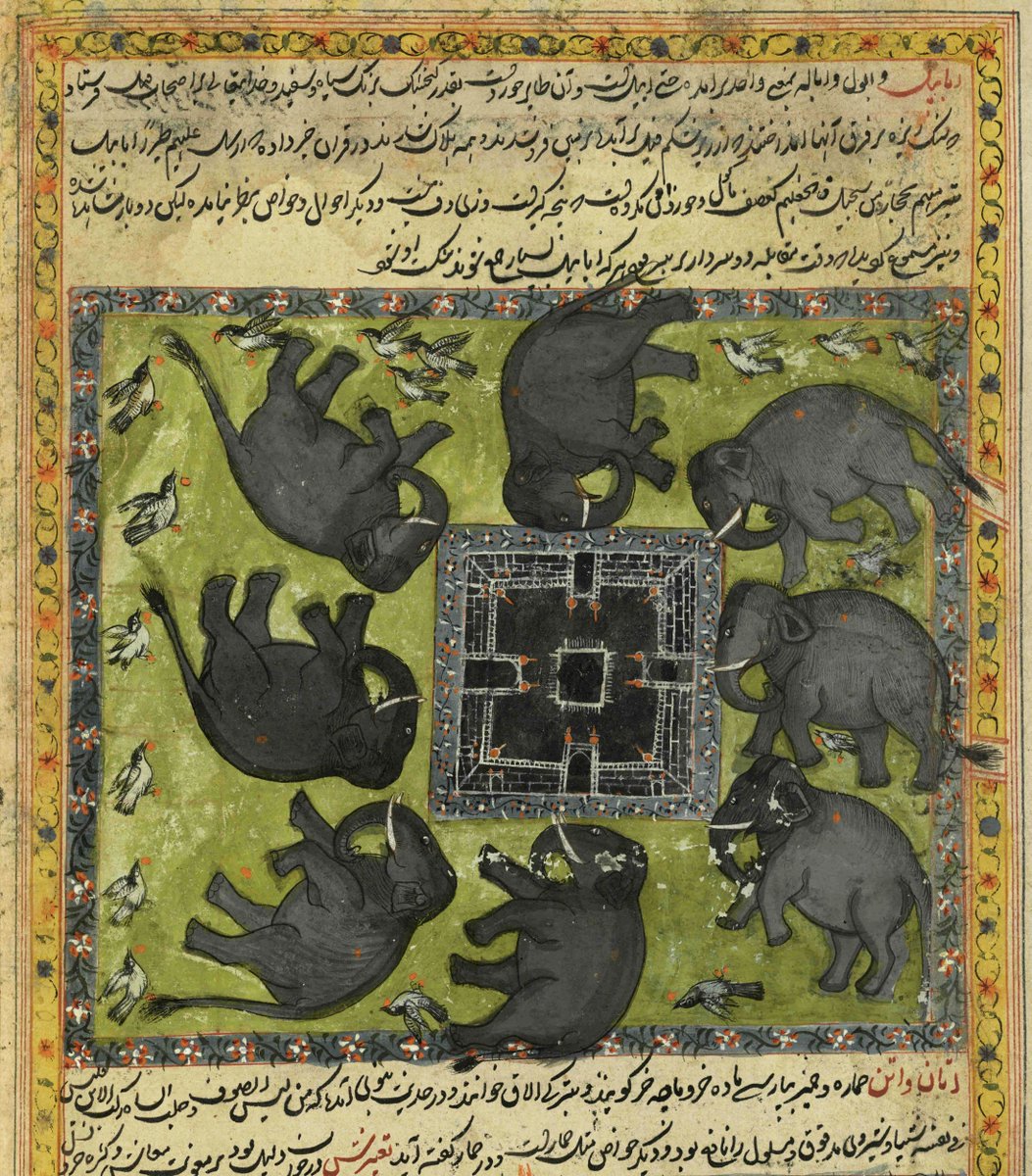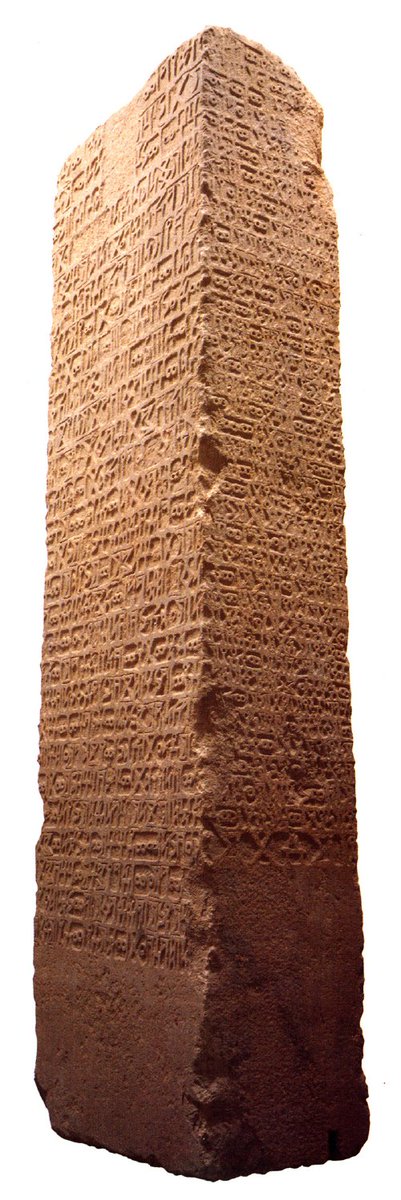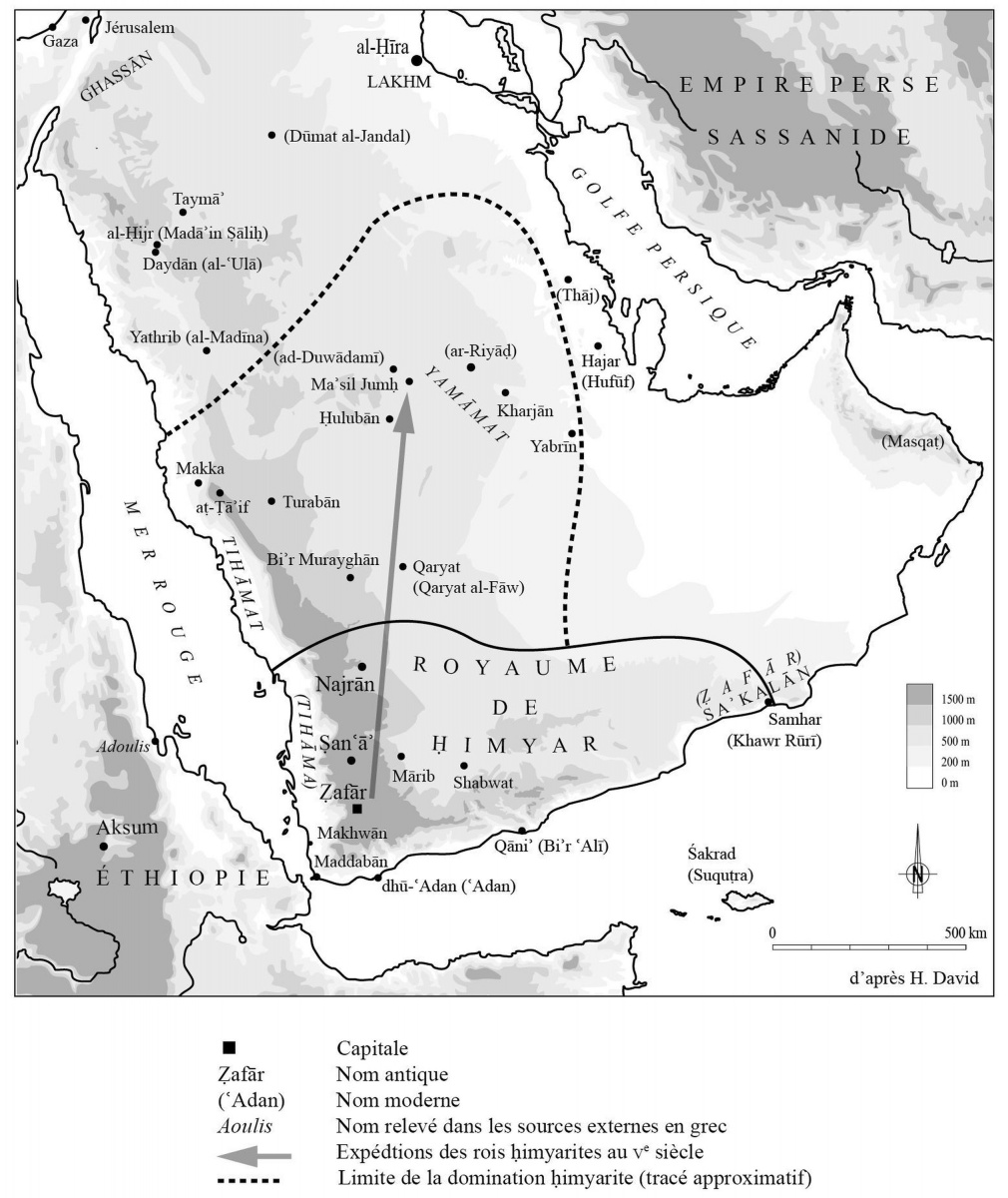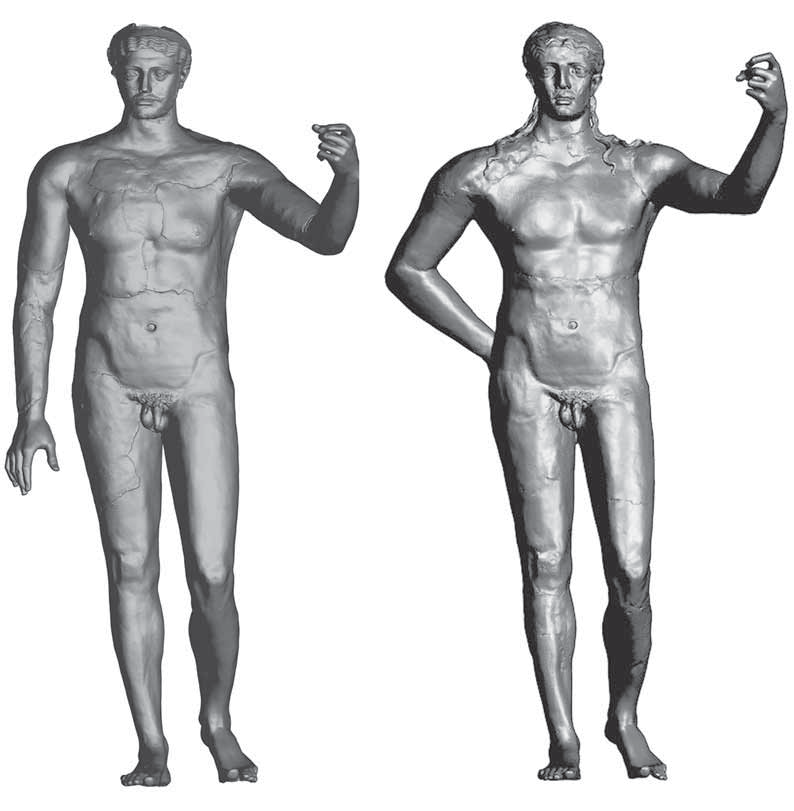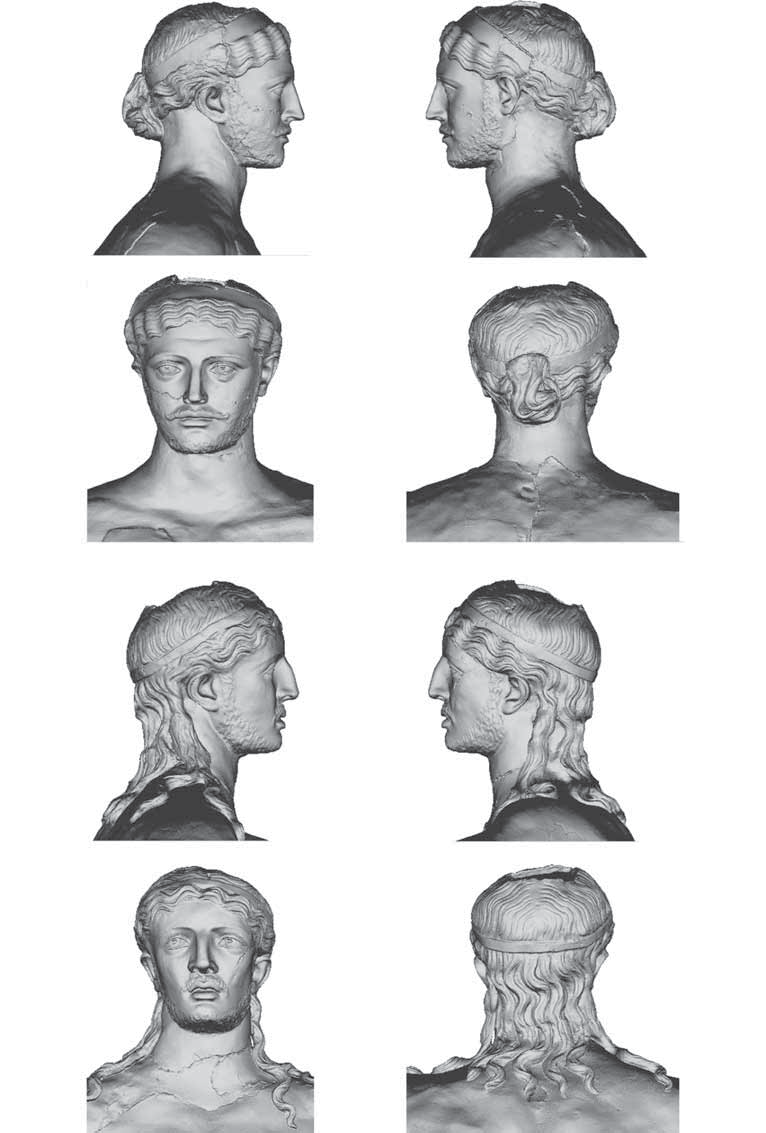Day 6 of palindromic #TwitterHistorian @taoish Mark Saltveit's stint. Yesterday, the SATOR / ROTAS square. Today, "versus recurrentes" = Latin palindromic poetry, mostly 1 line. At #IMC2021, I argued that it was a continuous & self-referential genre from 2nd-15th c. CE.
1/12 -ms
1/12 -ms
https://twitter.com/Tweetistorian/status/1543207584634736640
I listed 42 but documenting is tricky. These were rarely in main texts. Most appeared in margins or on fly leaves, but repeated over the centuries. Theory: these were transmitted by teachers, esp. of scribes, and passed via wax tablets, memory & pen tests (federproben).
2/12 -ms

2/12 -ms


The classic (and first known) Latin verse #palindrome is a dactylic pentameter: "Roma tibi subito motibus ibit amor." Sidonius Apollinaris (ep. 9.14, ~480 CE) called it ancient. It's on a roof tile from Aquincum dated 107 CE next to a ROTAS square & at Ostia (200 CE). 3/12 -ms 



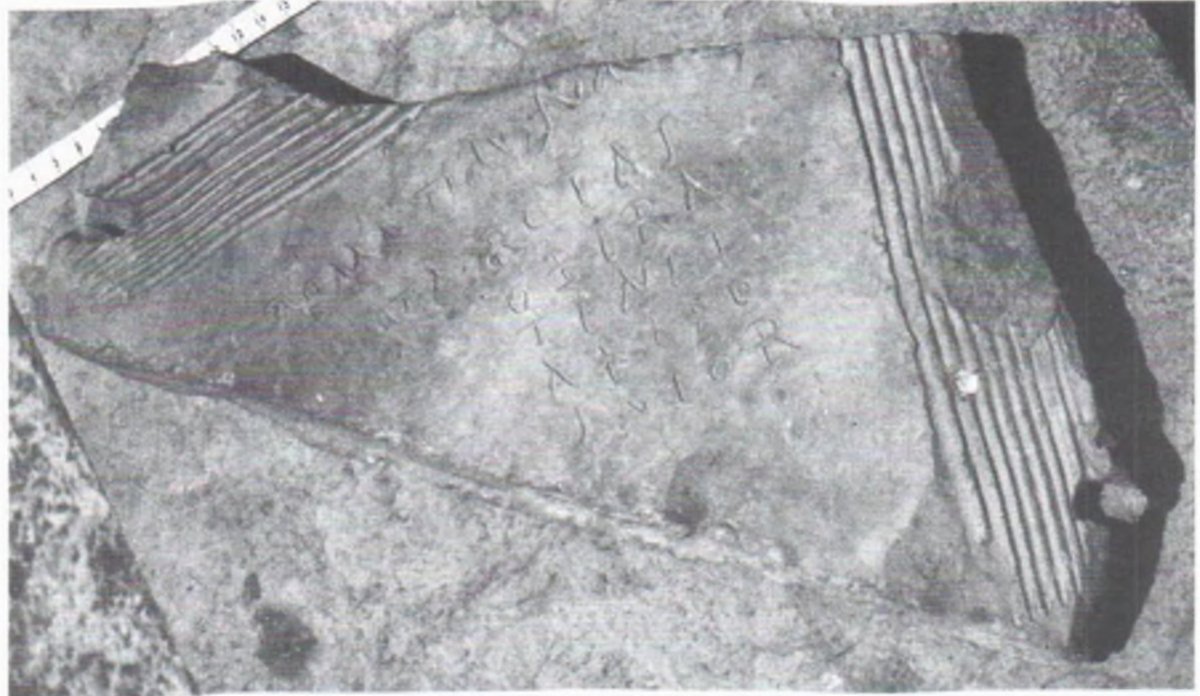



Roma tibi appears in about half of all MSS with Latin palindromes alongside newer ones. In modern times it's paired with a hexameter "Signa te signa temere me tangis et angis" as an elegiac distich; but Signa first appears in 13th c. & they aren't paired until the 15th. 4/12 -ms 

Palindromes had a suspicious linkage with pagans and magic, as we've seen. But in 806 CE, Hrabanus Maurus (Alcuin's star pupil) published "De Laudibus Sanctæ Crucis", poetry grids with sacred images drawn over the letters, a la Optatian. The final 2 had palindromes. 5/12 -ms 



This celebrated book legitimized palindromes as holy; Hraban presented it to Pope Gregory IV personally, & Pope Benedict XVI praised it in 2009. A 9th c. CE explosion of Latin verse palindromes followed, mostly from Irish monks (peregrinni) fleeing Viking invasions. 6/12 -ms 
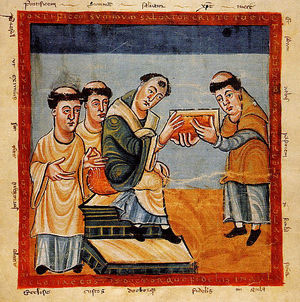
15 of the 42 versus recurrentes are first attested in the 9th c. CE, almost all in the circle of John Scottus Eriugena: Sedulius Scottus, Fergus, Martin of Laon, Hucbald, Hieric of Auxerre, the Irish scribe known as i2, and anons. My talk @ #IMC2022 is about this network 7/12 -ms 

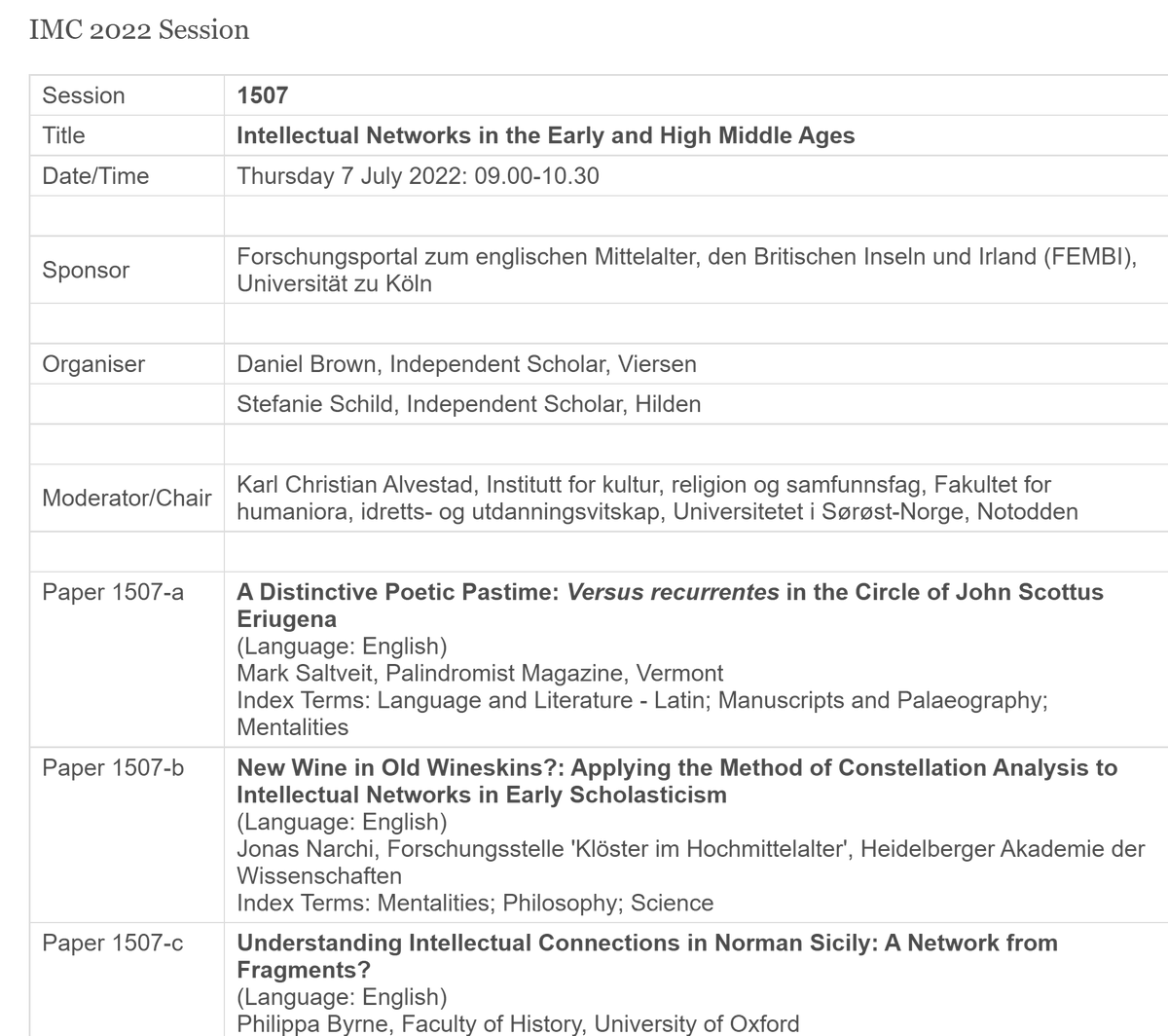

Sedulius Scottus' Carmen 80 (840 CE) celebrates his victory in the first palindrome competition, over a "trilingual" monk (Greek, Latin & Hebrew), with trash talk. His foe is a rhinoceros too young to grow a horn yet, so he "crushed with cleverness" his "hornless head." 8/12 -ms 

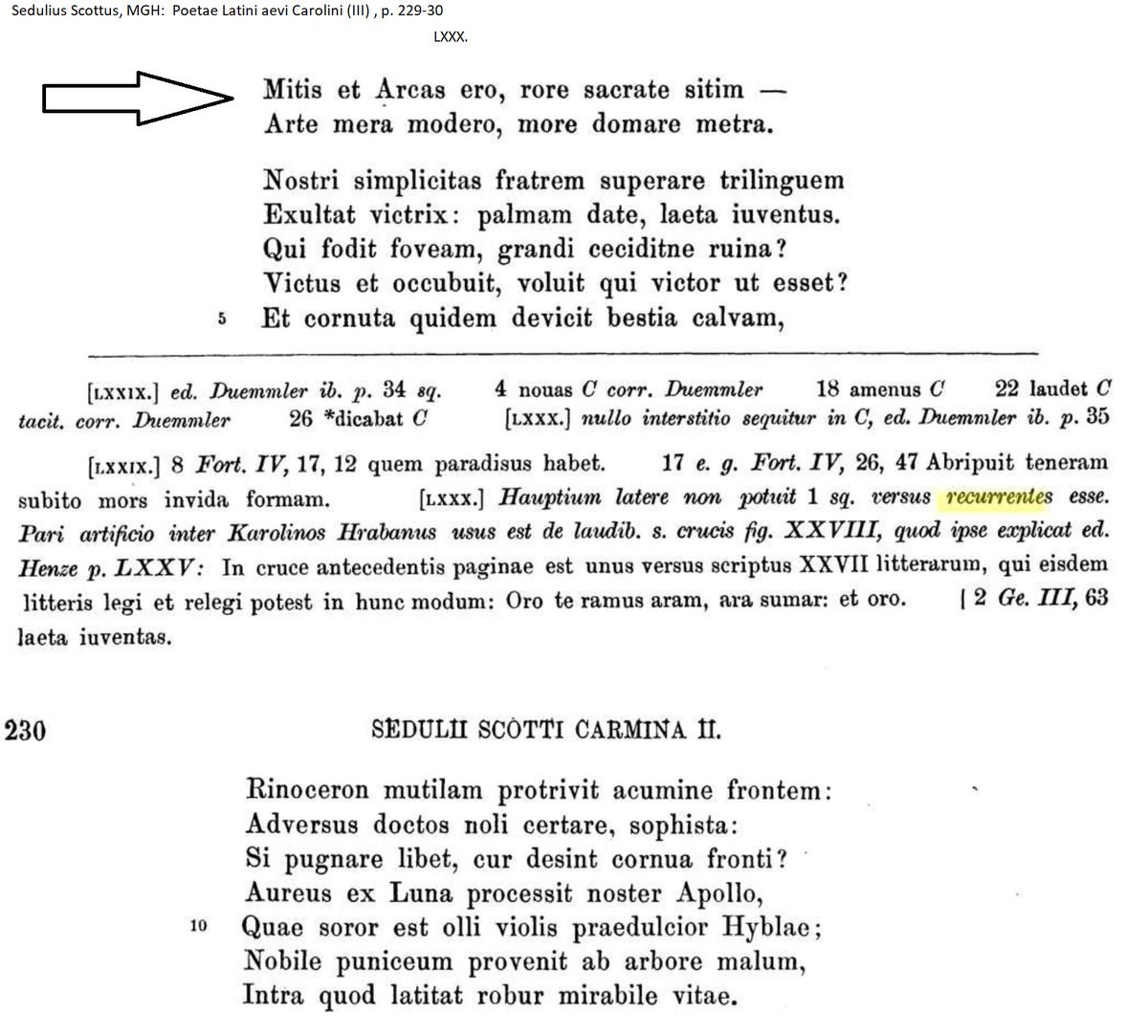

One v. interesting fragment from this network: 3 leaves bound into two different random volumes, and so long forgotten; notes by a student of Martin of Laon. Much of it repeats material known only from Laon MS 444. But also some other items; 2 poems and a palindrome. 9/12 - ms 
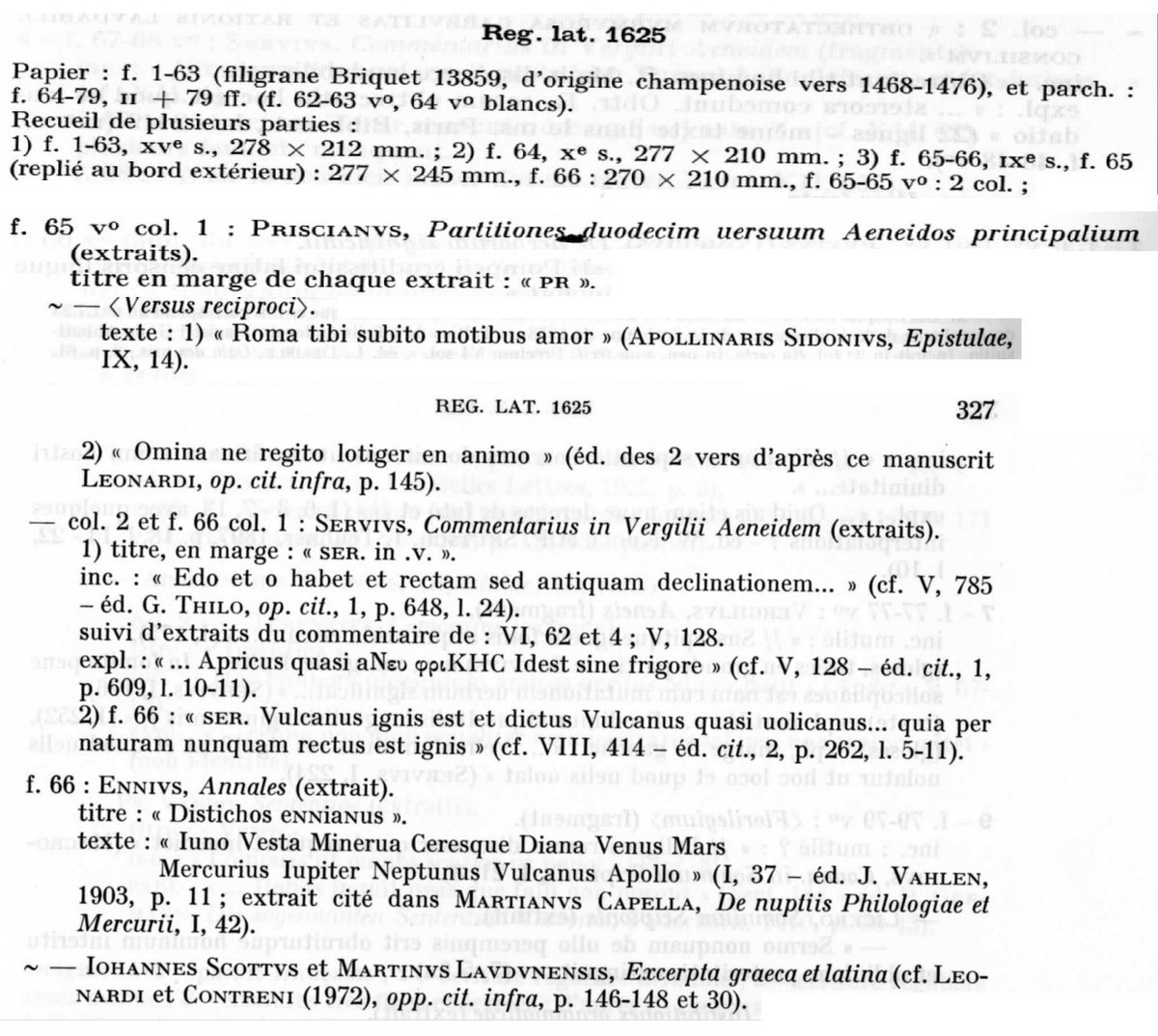
The poems, by John Scottus, are unique: light verse on wine & a bloodletting doctor. The palindrome is rare, 3 copies around this era & this is the earliest.
Omina ne regito lotiger en animo
Herren (2020) authenticates the poems & surmises it all comes from a lost book. 10/12 -ms

Omina ne regito lotiger en animo
Herren (2020) authenticates the poems & surmises it all comes from a lost book. 10/12 -ms


Leonardi (1961) persuasively argues that this fragment gives us a glimpse into the Irish scholars letting their hair down, playing word games and joking about drinking. Another Irish monk of this era -- possibly Sedulius Scottus - wrote about his cat, Pangur Ban. 11/12 -ms 

My argument will be that details of the two copies of this rare palindrome suggest that they were also copied from this lost book of epigrams and light verse, thus supporting the theory. But wait! There's more! Is there a palaeographer in the house? 12/13 -ms 



Bernard Bischoff identified palindromes on the flyleaf of London BL Harley 2735, fol 1r, without further details. (h/t David Ganz) I see several, as many as 24? #10 on this enumerated image is clearly Roma tibi.... The rest are very hard to read, maybe washed out? 13/15 

I'm no palaeographer but the BL was generous in allowing me to view this MS, including under black light, and I was able to see a bit more - strongly suggesting palindromes. I read, perhaps:
7. …ʃaues animo omina ʃeua ʃi ti….
9. …[vi] deat an aʃpiʃ ipʃa na ta ediu
14/15 -ms

7. …ʃaues animo omina ʃeua ʃi ti….
9. …[vi] deat an aʃpiʃ ipʃa na ta ediu
14/15 -ms


10. Roma tibi subito motibus ibit amor.
11…. [omen?] oram oduliʃʃ ʃiḅiʃ ʃi ludo maronem
12. [nemo te]…odis gert regito[terum?] si do et omen
Experts needed. Take the glory!
There's much more to explore, but enough for now.
I'll summarize the week later.
15/15 -ms
11…. [omen?] oram oduliʃʃ ʃiḅiʃ ʃi ludo maronem
12. [nemo te]…odis gert regito[terum?] si do et omen
Experts needed. Take the glory!
There's much more to explore, but enough for now.
I'll summarize the week later.
15/15 -ms

• • •
Missing some Tweet in this thread? You can try to
force a refresh












